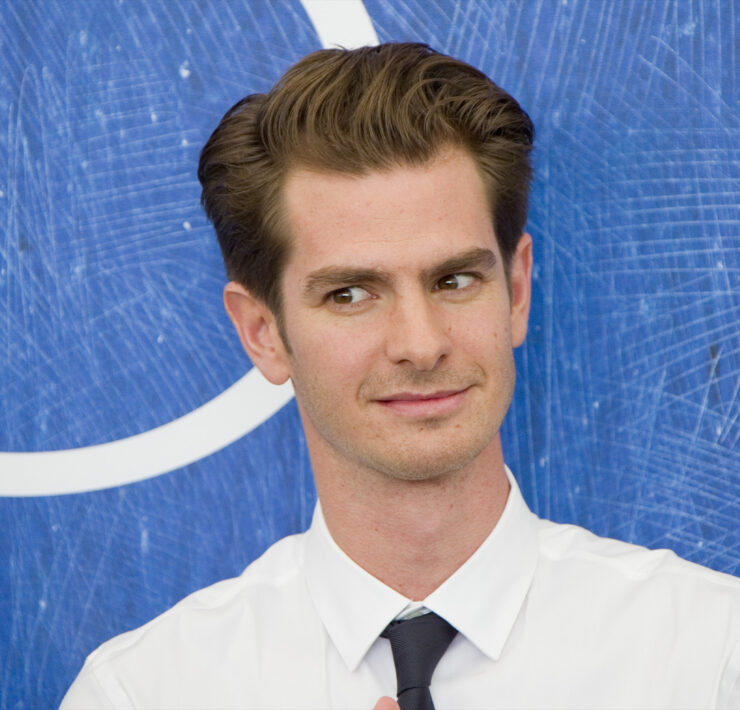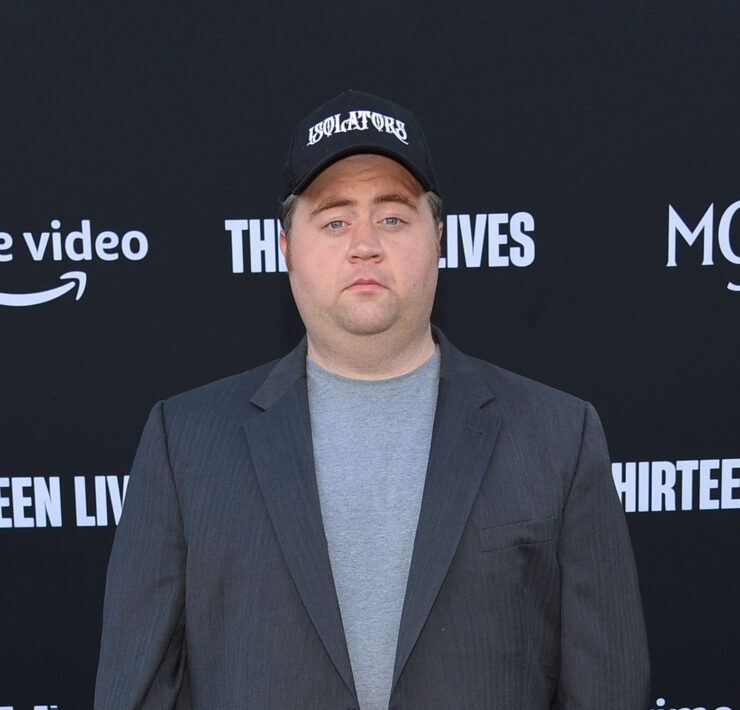On 9/11 and for weeks after, I was glued to my television set. We all were. Throngs of people crowded around wherever they could watch the live coverage. Shouts of “this is a like a movie!” still echo in my memory. And indeed it was. It was like Independence Day-meets-Armageddon-meets-The Siege. It was horrifying and disturbing to watch, but I couldn’t turn away. It was compelling TV. It was—dare I say it—entertaining.
Why is it that we are so drawn to images of destruction? Why is traffic stalled on one direction of a highway because there is a car accident on the other? Why did Hurricane Katrina cause cable news ratings to spike by 30%? Why did I have a perverse fascination with shows like Rescue 9-11, Unsolved Mysteries and 20/20 as
a child? We might call it the “gawker effect,” but why does it exist? It’s a bit troubling, isn’t it—our insatiable fascination with all things morbid, tragic and cataclysmic? For some reason, we just can’t consume enough destruction.
Disaster has always been a bankable genre in Hollywood. The 70s was a good decade for a rollicking disaster movie, with classics like The Poseidon Adventure (1972), The Towering Inferno (1974) and Earthquake (1974) all coming out. The 80s had some fun made-for-TV disaster offerings, none more famous than 1983’s The Day After (ABC). The 90s were good too: It was the decade of Twister (1996), Deep Impact (1998), Volcano (1997), and my personal favorite, Dante’s Peak (who can forget the great scene when Grandma jumps into the acid lake for no good reason?!)
And then there is Michael Bay, a one-man disaster genre, who always seems to finagle a few million dollars to destroy Paris with high-end CGI. When it comes to worldwide destruction in movies, the French always seem to be first on the chopping block.
But Roland Emmerich has really upped the ante in the genre. An auteur of “disaster porn” (as some are now calling it), Emmerich has gifted the world with visceral films depicting the world’s demise at the hands of aliens (Independence Day), global warming (The Day After Tomorrow) and now the Mayan calendar (2012).
2012 is, as you’ve probably heard, a disaster movie on steroids. Among other things, it depicts Los Angeles cracking apart and falling into the ocean (be honest: you’ve wished for this) as well as Yellowstone National Park blowing up (this could actually happen) and pretty much every major landmark or iconic building in the world crumbling to the ground. It’s CGI gluttony of the highest order, put to work in the service of the guiltiest of all cinematic pleasures: systemically killing billions of people in a grandiose, thrilling, made-for-the-screen manner. All because the Mayans were right about the end of the world coming in 2012.
It’s fitting that 2012 stems from a religious-oriented premise. Religious people always seem to be the most preoccupied with the end of all things, and Christians have been particularly ravenous for end-times narratives and Left Behind bric-a-brac in recent decades. Ever since Hal Lindsay’s Late Great Planet Earth took the evangelical book world by storm in the 70s, we’ve been uniquely obsessed with (and disturbingly excited by) the impending apocalypse. Lindsay later wrote The 1980s: Countdown to Armageddon, where he predicted that “the decade of the 1980s could very well be the last decade of history as we know it.” Though that wasn’t the case, it didn’t stop the Christian kitsch machine from churning out an endless array of books, movies, and how-to teaching aids related to all things rapture, Antichrist and the mark of the beast. As superstar peddlers of pop-apocalyptica Jack van Impe and Tim Lahaye could attest, there is a ton of money to be made in the doom-forecasting business.
But I digress. We could make fun of evangelical end-times ridiculousness all day, but the question remains: why does it sell? Why are we so strangely excited by the possibilities that the earth will be destroyed and throngs of people will perish at the hands of a God antsy to get the wheels turning on the whole Revelation thing?
I think part of our “can’t-look-away” affinity for watching real-life cataclysm (whether a large scale natural disaster or your run-of-the-mill small town shooting rampage) is that we are all acutely aware of our own mortality. We recognise our own precarious position in life and can relate to death and destruction better than almost anything. We are compelled to watch because, well, we’re glad to be the ones watching and not being watched.
There is in each of us an innate sense of justice—a sense that all of us probably deserve calamity or worse. When an act of God is on display, we marvel at what we suspect (perhaps hope) is His sovereignty at work, wrathful and terrible though it may be. At the end of the day, this is why we have a ghastly thrill at the sight of skyscrapers tumbling, asteroids annihilating Paris, or waves overtaking huge crowds of New Yorkers. It reminds us how small we are and how big God is. It reminds us that our survival—our very breath—is a miracle that comes only by the grace of
God.
There is also something deeply human about watching others suffer. From the joy you get as a fourth grader having pummeled a weaker opponent with a dodgeball to the more malicious pleasure we glean from observing a celebrity self-destruct under the media spotlight, our humanity (sorry Oprah) is largely defined in terms of “glad it’s not me!” self preservation.
Christianity,
of course, seeks to right this uncaring, callous wrong; We are called to be compassionate and to help the suffering; we are to be like the Good Samaritan. But that doesn’t mean we can’t appreciate a good disaster when it happens—at least the ones directed by Roland Emmerich.




















